How do you choose the perfect rim depth for you?
If money were no object, we'd all have a wheel wardrobe full of options. But for most of us, compromise is essential
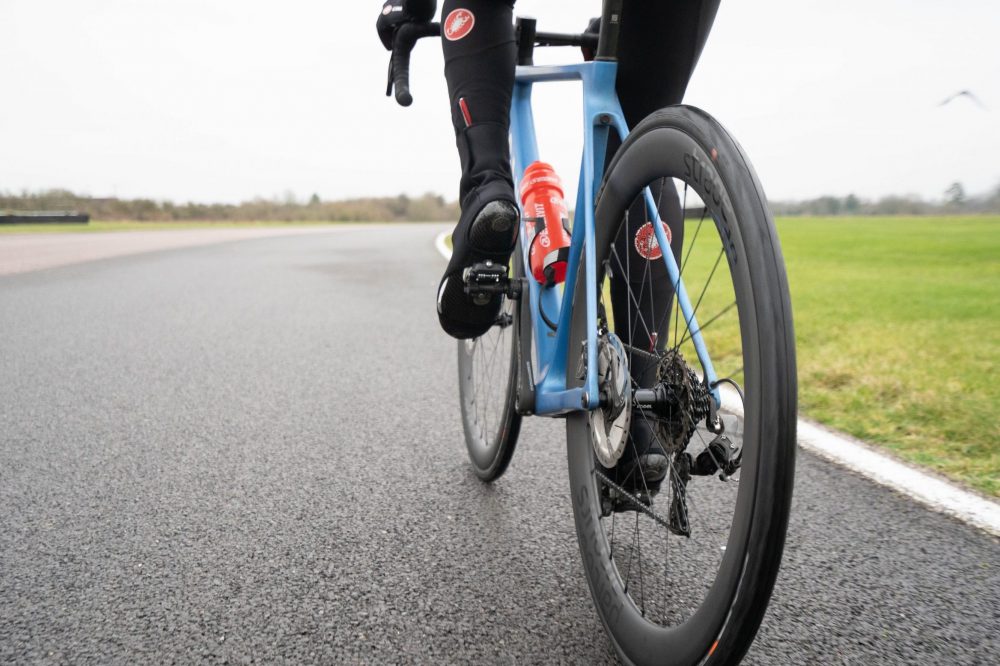

With infinite funds, the imaginary (or very wealthy) cyclist would be able to tailor their bike and equipment to the ride and conditions on a daily basis - a bit like an infinite dress-up flip book, no two occasions would yield an identical ensemble. The reality of course is that few of us are able to invest in the level of kit required to get it right every time. Perfection must be compromised on a daily basis.
This certainly applies to wheels: there is no such thing as one wheel to rule them all, but most of us cannot afford to construct a wheel wardrobe with a lightweight set for mountain rides, deep sections for dual carriageway time trials as well as something with an infallible hub for the winter. So if we're to have just one set - how deep should the rim be?
Aero over weight
The consensus is that aerodynamics overrides weight in all but the most mountainous cases.
Dov Tate, founder of British wheel brand Parcours told us: "If you run the numbers you literally have to climb Alpe d'Huez or equivalent before weight become more important."
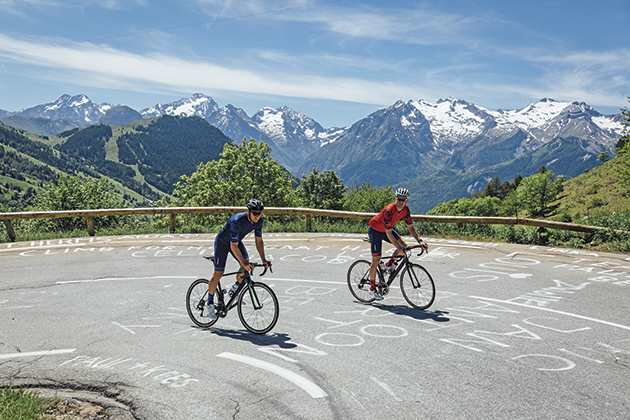
The good news is that the capabilities of modern wheels mean that the weight penalty is often minor, anyway.
"These days, wheels are much more flexible in terms of use. The higher end wheels are getting lighter and lighter, and the aero benefit you get from a deeper wheels is almost always going to outweigh any weight penalty," Tate says.
>>> At what speed do aero gains become more important than weight?
Looking within the Parcours range, as an example, the 77mm front/86mm rear Chrono set weighs in at 1625g vs the 40mm Grimpeur at 1320g: 305g. For reference, the full 500ml bidon sitting on my desk right now weighs 576g, and I wouldn't attempt my two hour lunch time ride without it.
All of this said, it's important to know that the biggest jump in performance comes in the move from a box section rim to a 30mm-40mm wheel with an aero profile; adding more depth is marginal gains territory.
Tate has run the numbers. Comparing a Parcours Grimpeur 40mm wheelset with a popular box section (standard, alloy non optimised rim), he discovered a 22.9W saving. Moving to the Chrono 77mm front/86mm rear pair, the saving was 29.7W - that's a 6.7W difference.
"A modern [well designed] 40mm wheelset will have an optimised rim profile, so even though you're losing out on the depth, you'd still see a benefit in a time trial or solo effort, when compared with an older style or box section rim," he says.
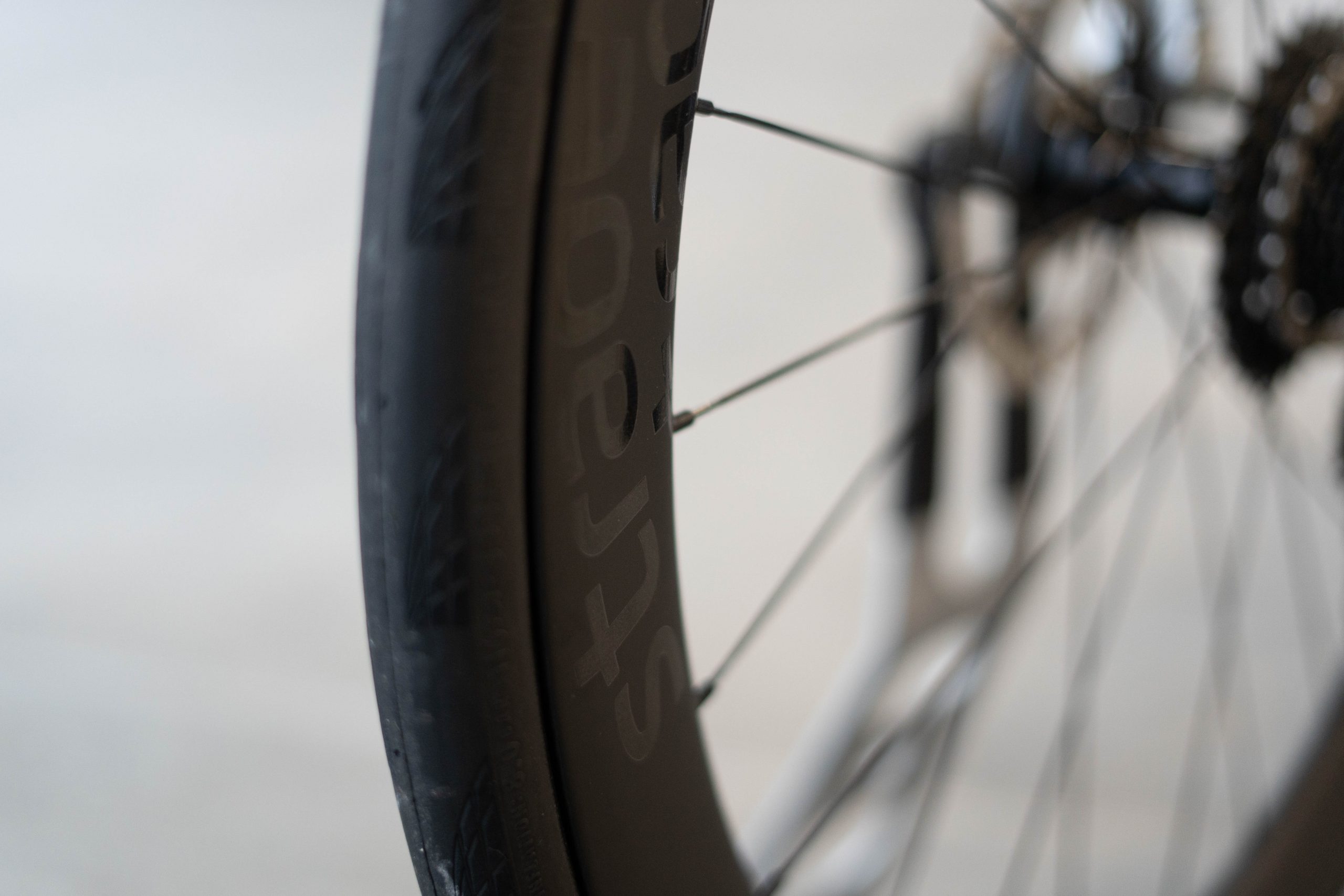
Additional research carried out by cycling coach James Spragg of Spragg Cycle Coaching found a difference of 3W when comparing a rider on a Specialized Venge with Roval CLX 64mm wheels versus Roval CLX 32mm wheels, when at 40km/h riding at yaw angles between zero and five degrees. The test was carried out in initial profiling of an athlete targeting the Etape du Tour.
Aero Lead and Senior R+D Engineer at Specialized Mio Suzuki agrees that a lot of the initial savings come from the jump between a traditional box section rim, and the wider 30mm-40mm group.
"I think one of the important aspects of choosing a deeper rim wheels is to know how well and precisely the rim shape is designed. It looks like a simple structure, but, the side wall curvature shape contributes a lot of both drag and side force. So deeper is not necessarily the better."
However, he still believes that there's merit in going deeper for those chasing speed. Commenting on the data collected by Spragg, Suzuki told us: "At that particular riding speed of 40km/h, and at those yaw angles (zero and five degrees), the numbers we have from our wind tunnel also demonstrate similar range of wattage gains."
Yaw angle is the degree to which drag deviates from forward motion. Pro riders sitting in a peloton and moving very fast will experience a low yaw angle, a solo rider battling crosswinds at 25kph will be experiencing high yaw angles.
"We have computed yaw angle profiles of an entire Grand Tour stages from a 2017 event. The computation was done for various power-to-weight ratio riders and the calculation considers the corresponding variation in speed and road gradient encountered so that we can truly understand where and when aerodynamics matters for all kinds of riders. Yaw angles above five degrees matter, and based on our internal numbers, the power difference keeps increasing to over 10W at higher yaw angles at 40km/h."
A saving is 10W could be huge for a rider who has optimised every other element - including kit and position on the bike - but if not, there could be cheaper ways to reap rewards. The human body on the bike accounts for the lionshare of drag on the bike/rider unit.
"There's far more to be gained in optimising position - for example spending your money on wind tunnel time - than spending money on wheels or whatever. You are 85 per cent of drag - so look at the big things first. When people think of wind tunnel sessions, they think it's super scientific and only for those looking to find marginal gains - but its not - we're getting the 85 per cent of the picture right first!" Spragg comments.
Windtunnel testing at the Boardman Performance Centre starts at £195, for an Aero Experience including 30 minutes in the tunnel, and extends to £695 for a complete Aero Fit.
Weight and control
The other part of the equation is control - there's little point opting for an 80mm rim if you're going to struggle to keep it in a straight line.
"As soon as you come out of your aero tuck on bars or drops, you're giving up more aerodynamically than you gain from the depth of the rim. So its no good racing a super deep front wheel if you can't hold an aero position with it, if that's the case, you should go with a shallower profile," Tate says.
"When considering this, I would look at your rider style, build and experience. A lighter rider is going to be more impacted by crosswinds when using a deep wheelset, and also handling a deep wheel does come down to some level of experience."
Mid-sections for most
When it comes to making that all important, single wheelset purchase, the overarching theme has to be compromise - but given advancements in technology, that compromise is perhaps not as great as previously believed.
"I would say choose wheels that are most tailored to what you do most of the time, with your riding style, level of experience and weight factored in," Tate adds.
"For most people the ideal would be a mid-section rim of 40-60mm; that'a a jack of all trades. But if you live in the mountains, look for something shallower - a modern 40mm wheelset will have an optimised rim shape, so even though you're losing out on the depth, it'll be faster than older styles, and it'll still give you an advantage even in a flat time trial.
"If you plan to focus on time trials, don't be afraid to look for an 80mm rim - they're not heavy and modern design means they're greatly improved in terms of handling."
A consensus is always reassuring - and we got that when we asked Suzuki the same question.
"Having evaluated many leading brands’ wheels and having designing some in my bike-industry career, my recommendation for performance or race-focused consumers would be 40mm-50mm wheels. But, if a consumer is weight conscious, and doesn’t like the feel of handling the deeper rim wheels, then 32mm is a good choice."

Thank you for reading 20 articles this month* Join now for unlimited access
Enjoy your first month for just £1 / $1 / €1
*Read 5 free articles per month without a subscription

Join now for unlimited access
Try first month for just £1 / $1 / €1
Get The Leadout Newsletter
The latest race content, interviews, features, reviews and expert buying guides, direct to your inbox!
Michelle Arthurs-Brennan the Editor of Cycling Weekly website. An NCTJ qualified traditional journalist by trade, Michelle began her career working for local newspapers. She's worked within the cycling industry since 2012, and joined the Cycling Weekly team in 2017, having previously been Editor at Total Women's Cycling. Prior to welcoming her first daughter in 2022, Michelle raced on the road, track, and in time trials, and still rides as much as she can - albeit a fair proportion indoors, for now.
Michelle is on maternity leave from April 2025 until spring 2026.
-
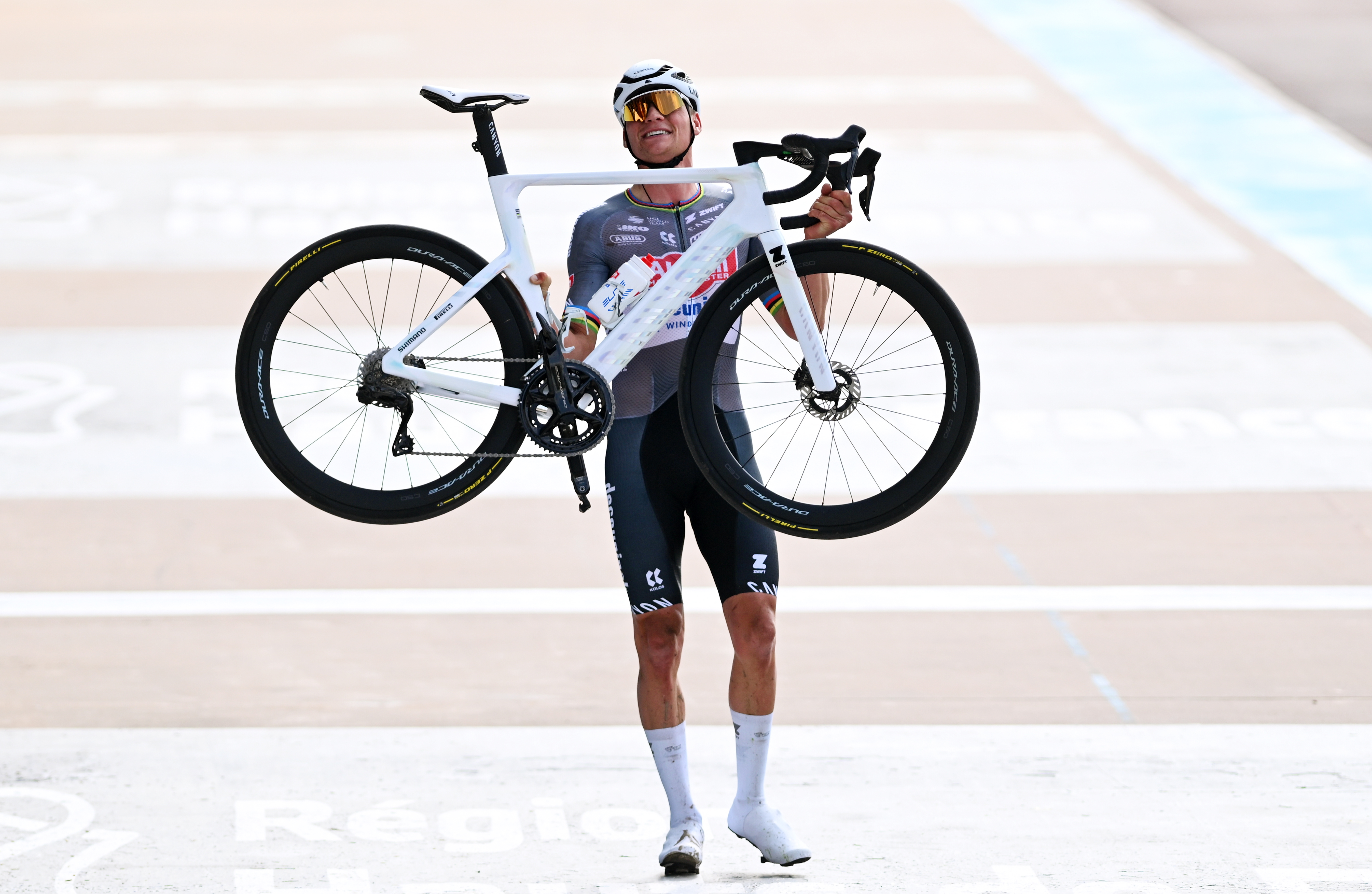 Mathieu van der Poel secures Paris-Roubaix hat-trick after epic duel with Tadej Pogačar
Mathieu van der Poel secures Paris-Roubaix hat-trick after epic duel with Tadej PogačarDutchman takes his third win in a row after Pogačar crashes on the cobbles, while Mads Pedersen finishes third
By Peter Cossins Published
-
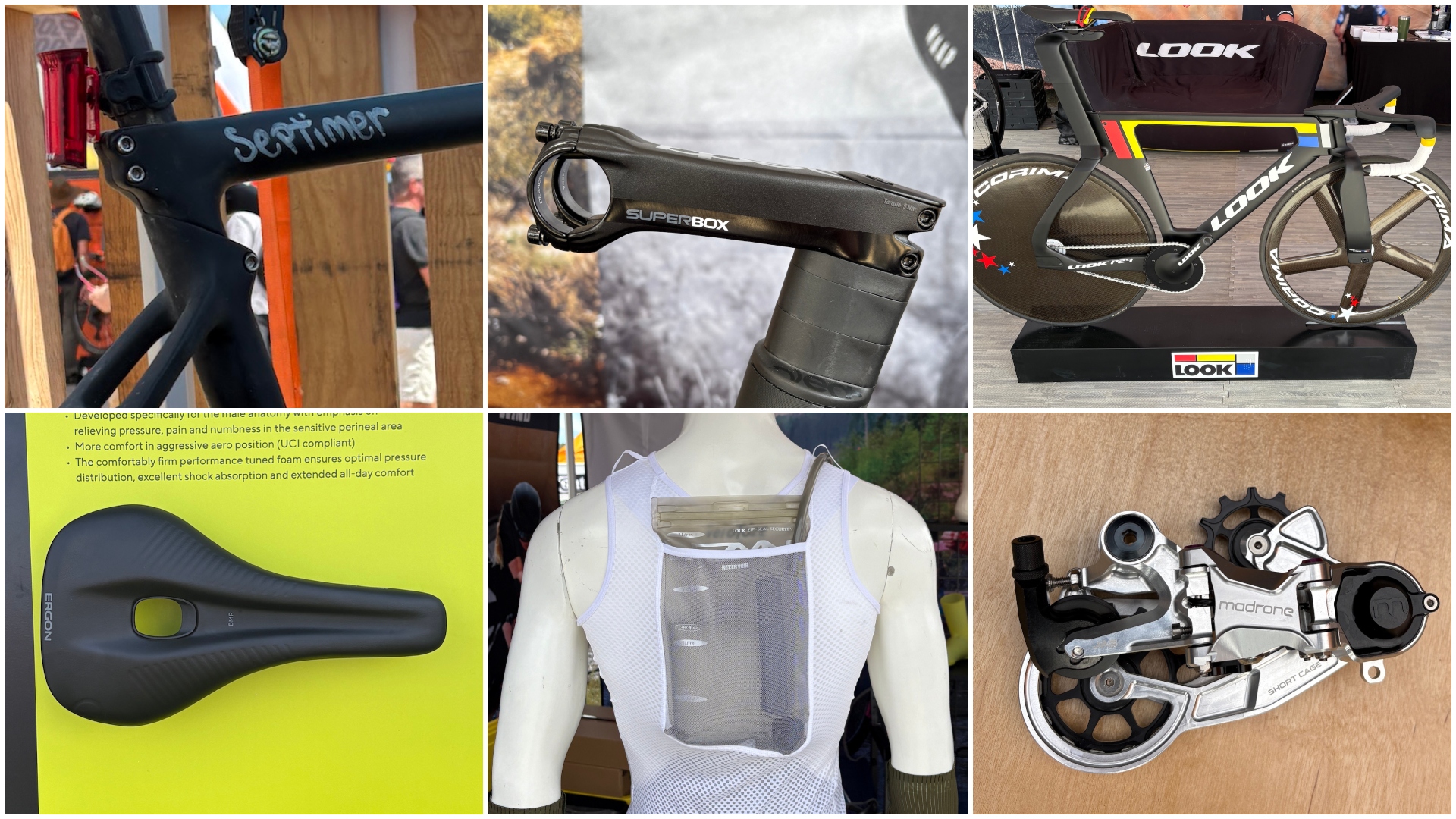 The Sea Otter Classic: sights and sounds from the biggest bike gathering in North America - Part 1
The Sea Otter Classic: sights and sounds from the biggest bike gathering in North America - Part 1Odds and ends that run the gamut, from a $13,000 frameset to armoured kit and new hydro-vests
By Tyler Boucher Published
-
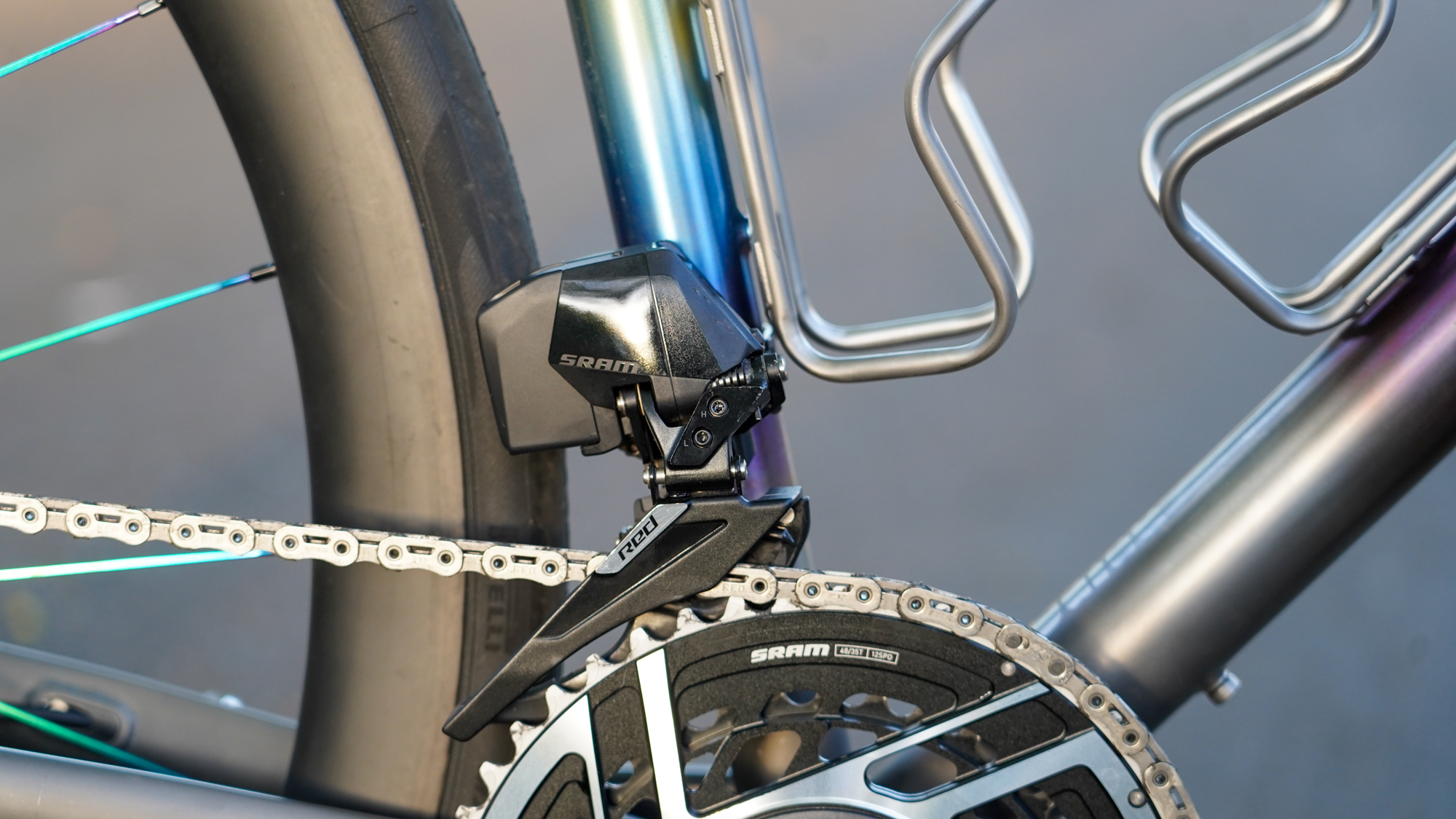 Opinion: Are electronic groupsets worth the investment?
Opinion: Are electronic groupsets worth the investment?Thoughts on drivetrains, buttons, batteries, fast vs slow, good vs evil, wristwatches and zen states of being
By Tyler Boucher Published
-
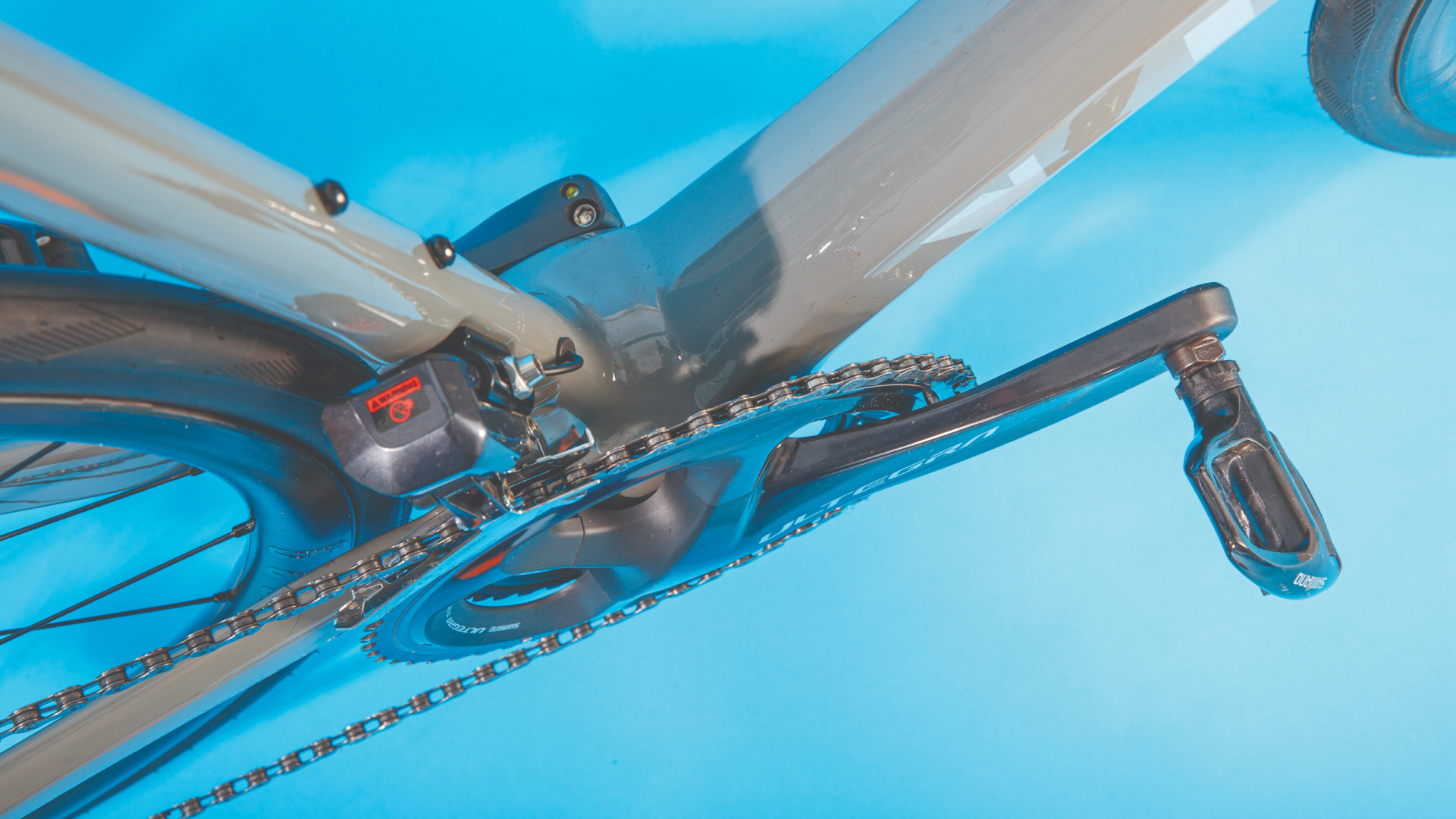 Everything you want to know about the Q Factor
Everything you want to know about the Q FactorWhat it is and why it matters, how to measure it, what the Q stands for, and more
By Tyler Boucher Published
-
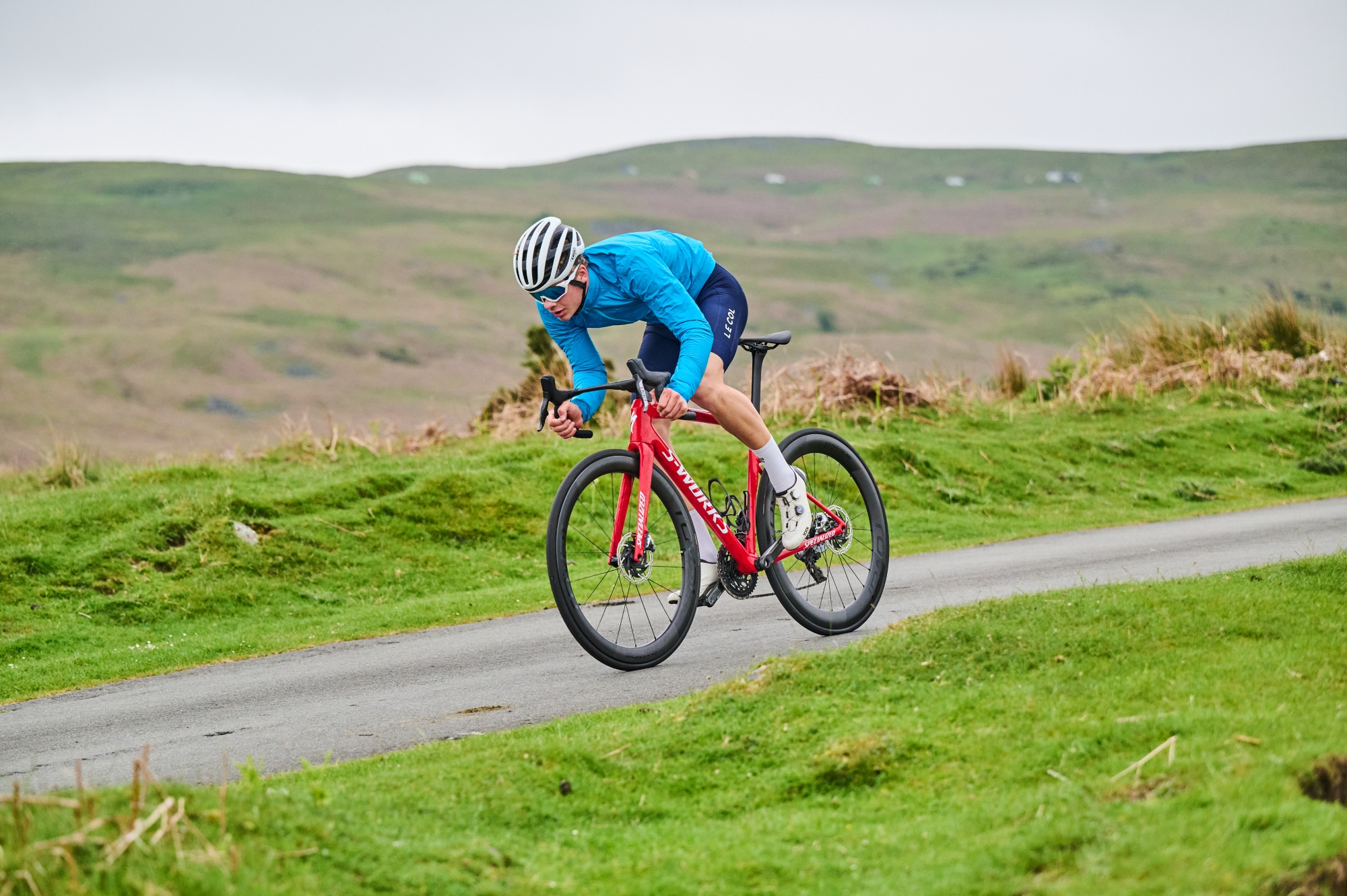 Stiffness vs. Compliance: Making sense of bicycle frame design
Stiffness vs. Compliance: Making sense of bicycle frame designHow frame designers find the sweet spot between stiffness and compliance as well as some thoughts on “ride quality”
By Tyler Boucher Published
-
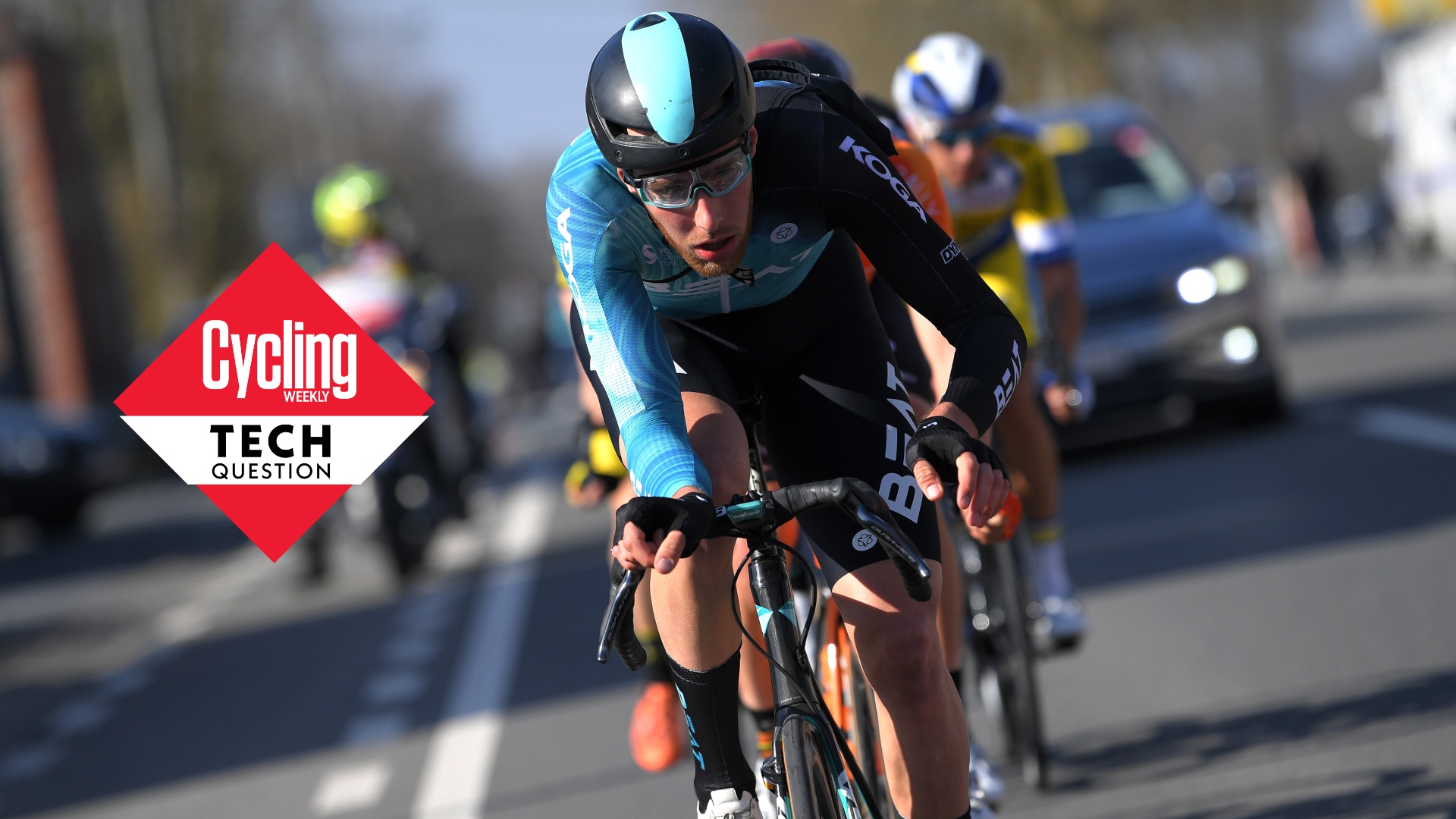 Tech Question: We're used to racers on narrow bars - but are they more comfortable, too?
Tech Question: We're used to racers on narrow bars - but are they more comfortable, too?We ask the experts what to look for in determining the optimal handlebar width
By Joe Baker Published
-
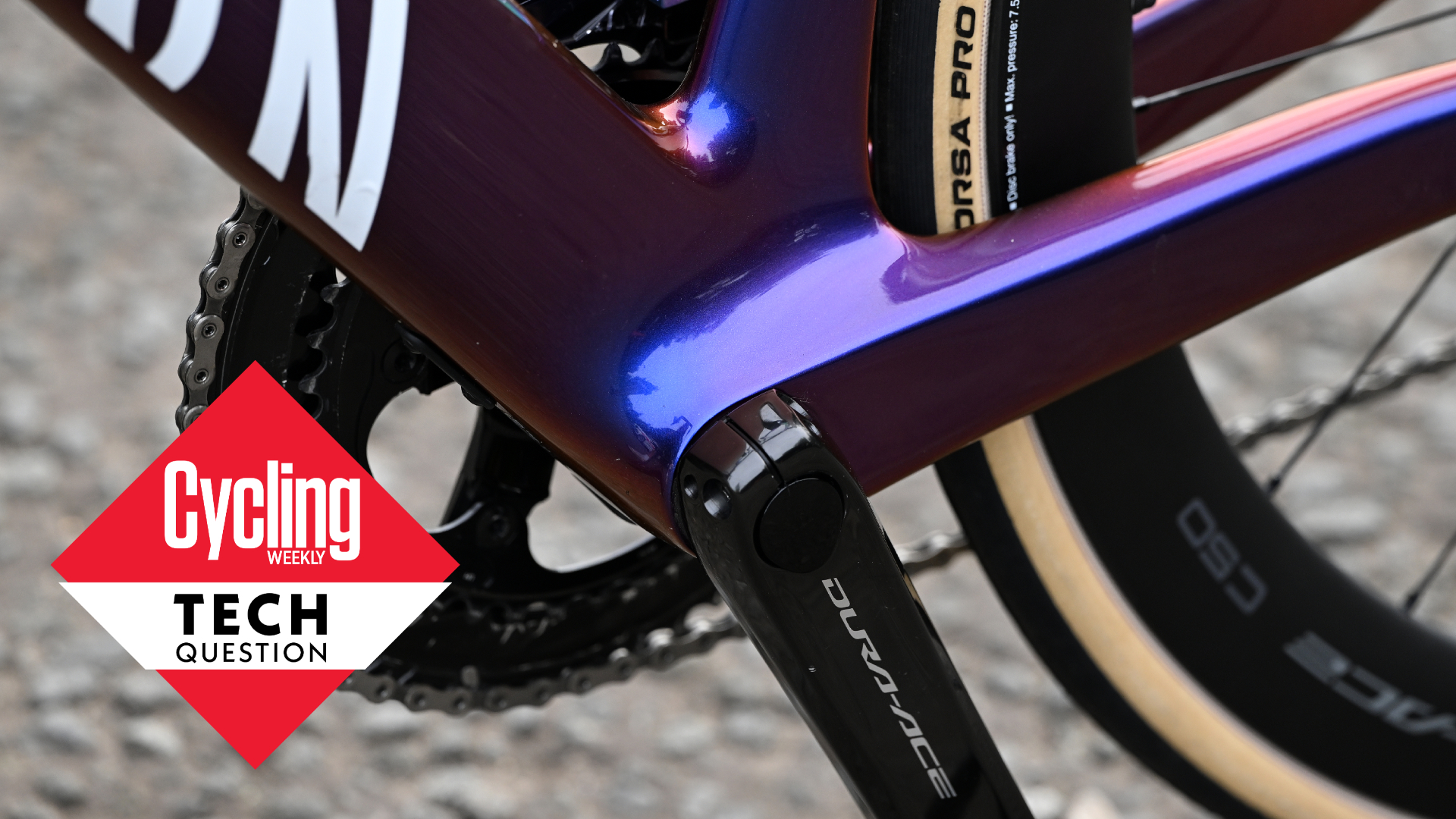 Tech Question: Where do things now stand on press-fit bottom brackets? Good or bad?
Tech Question: Where do things now stand on press-fit bottom brackets? Good or bad?Few innovations have garnered as much animosity as press-fit bottom brackets - but the tech now has some strong proponents
By Stefan Abram Published
-
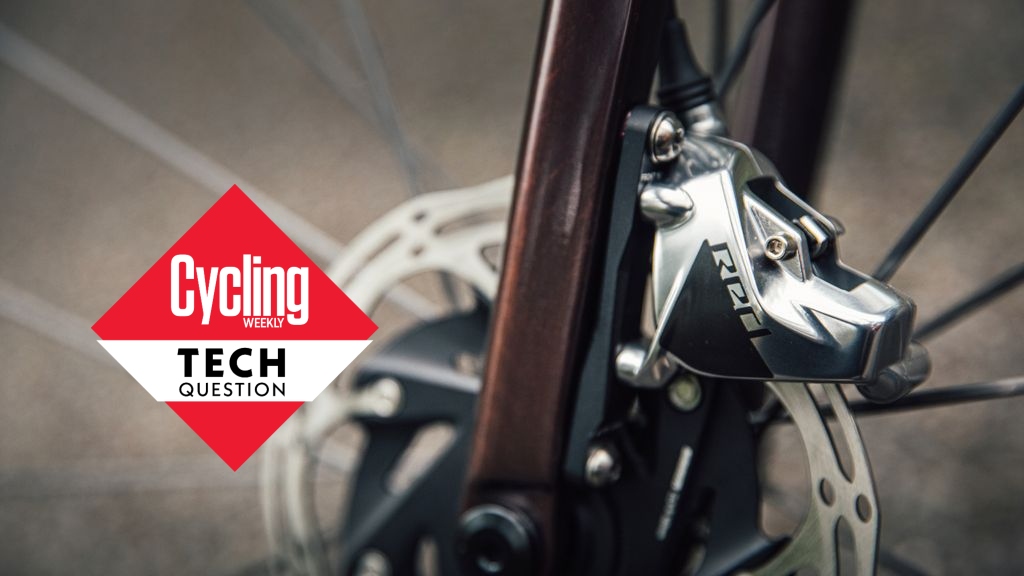 Tech Question: Is a proper clean the only disc brake upgrade you need?
Tech Question: Is a proper clean the only disc brake upgrade you need?Bike mechanic and owner of Surrey Hills Cycleworks, Dave Farmer, shares his tips on how to improve braking performance
By Stefan Abram Published
-
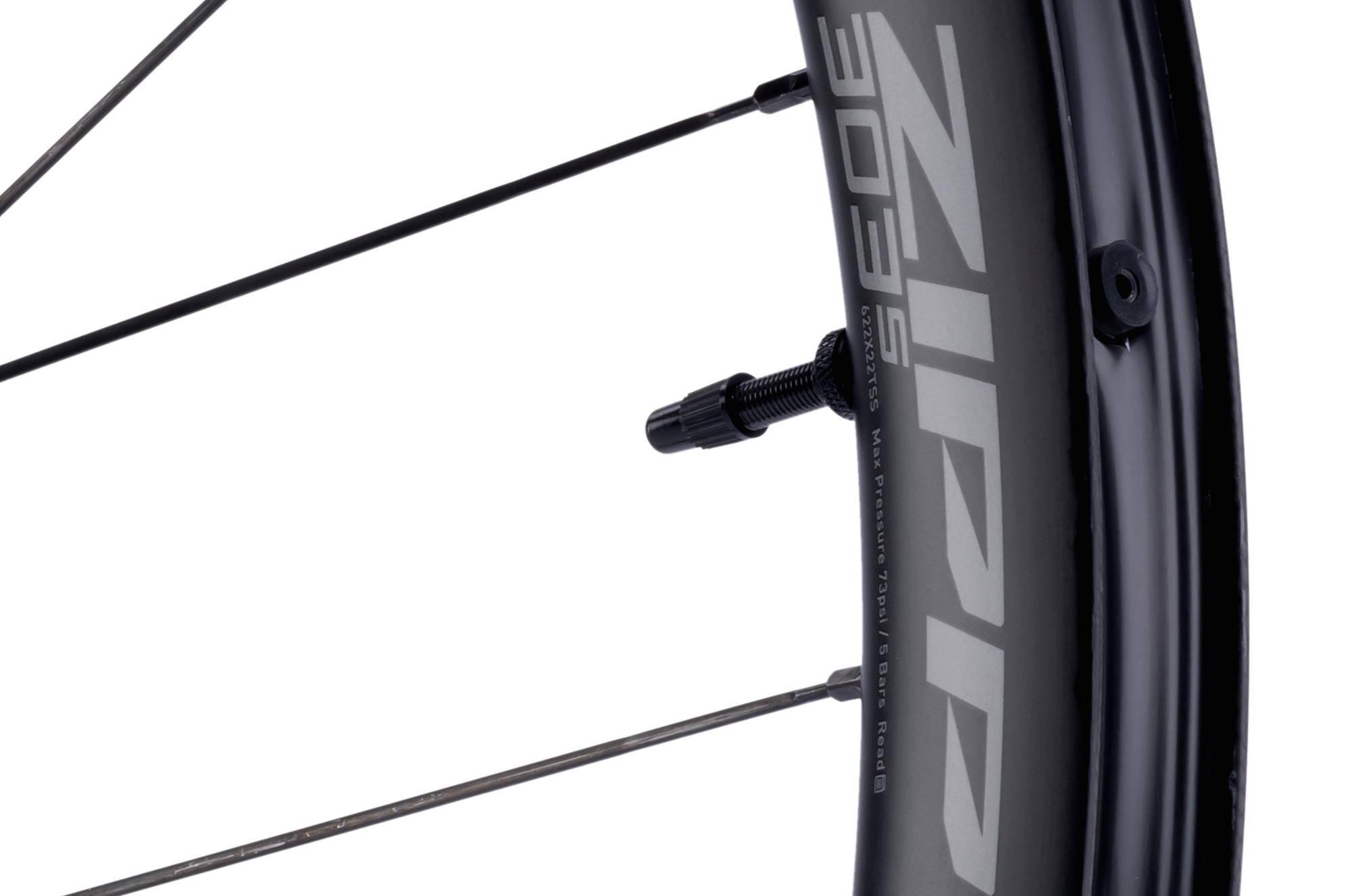 What are hookless rims and do you need them?
What are hookless rims and do you need them?With the big wheel brands launching new rims with straight sidewalls, we ask whether hookless technology can benefit your bike riding
By Simon Smythe Published
-
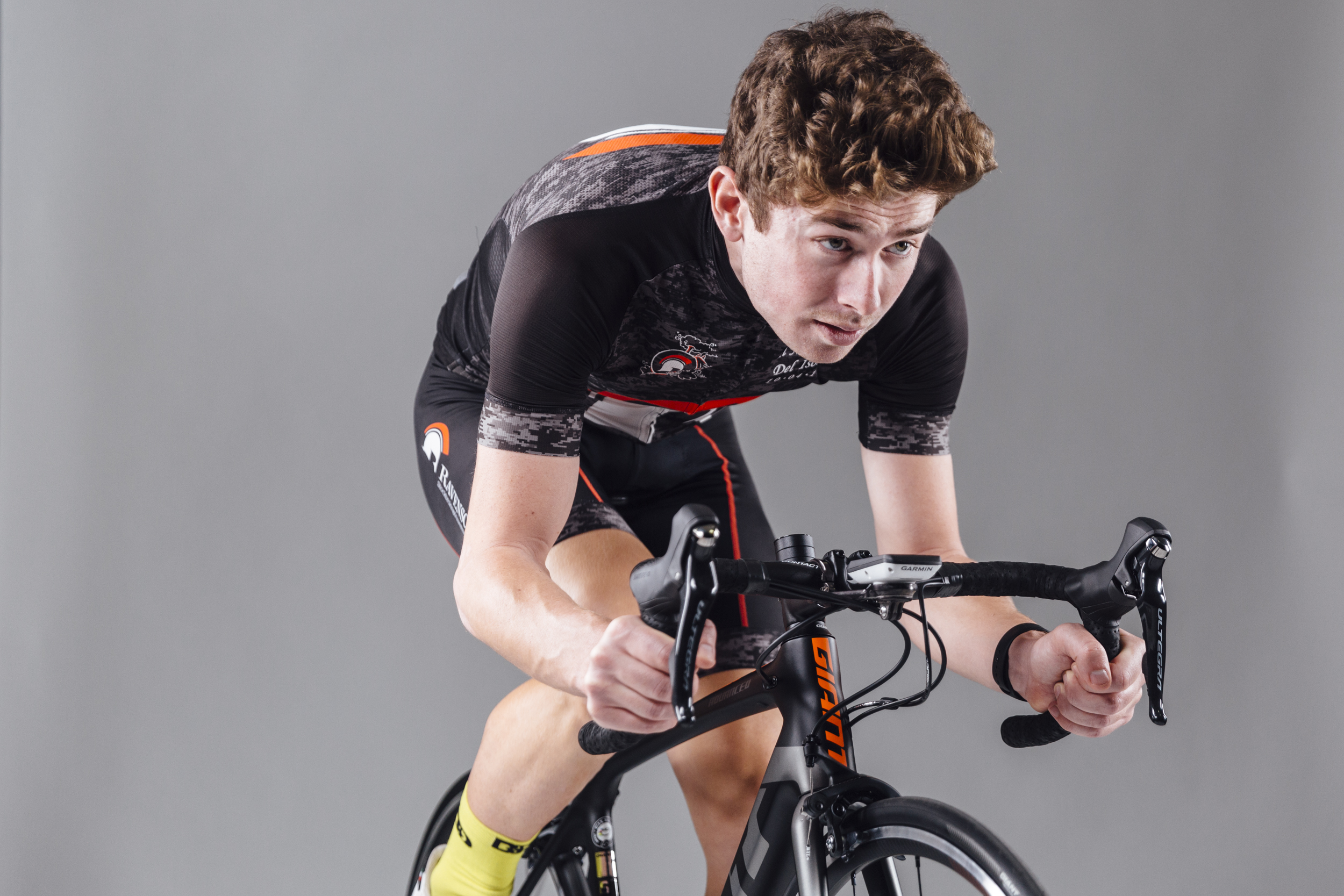 Do you need indoor cycling specific clothing?
Do you need indoor cycling specific clothing?With an ever expanding range of indoor cycling kit available, we ask if it really makes any difference?
By Michelle Arthurs-Brennan Published